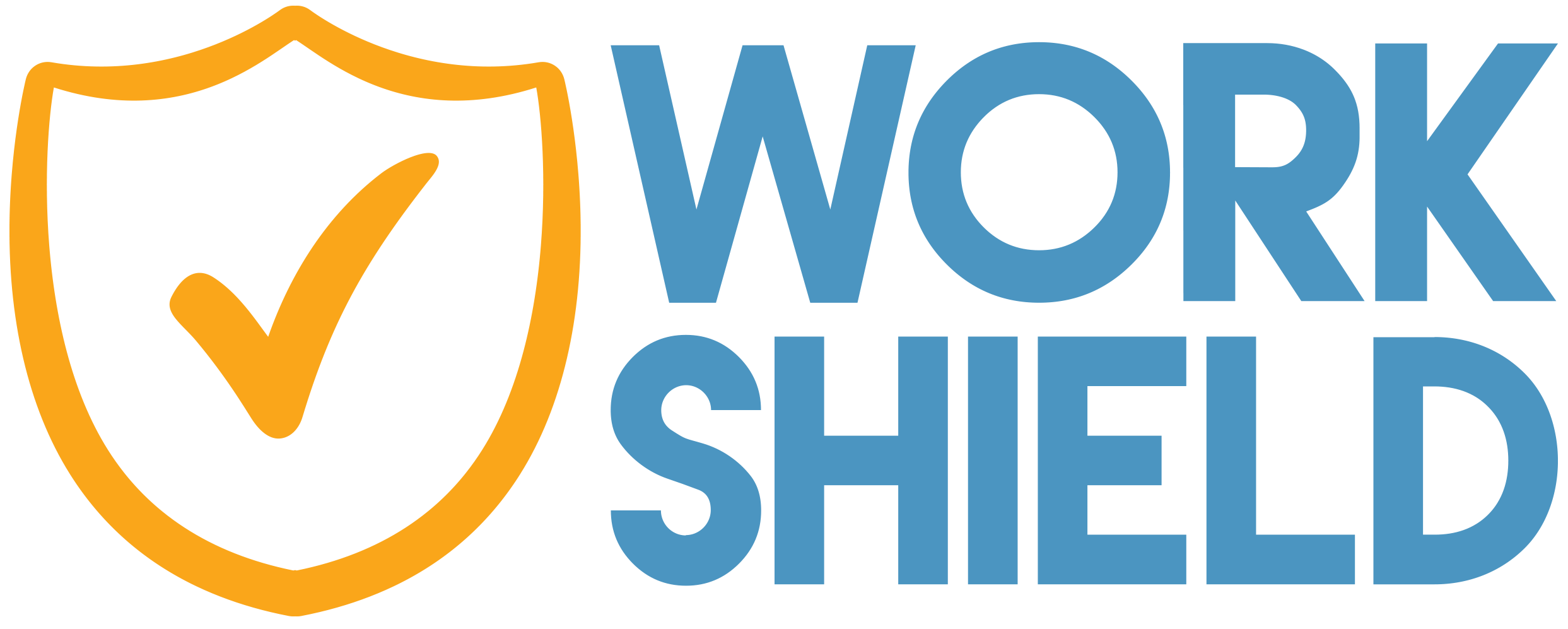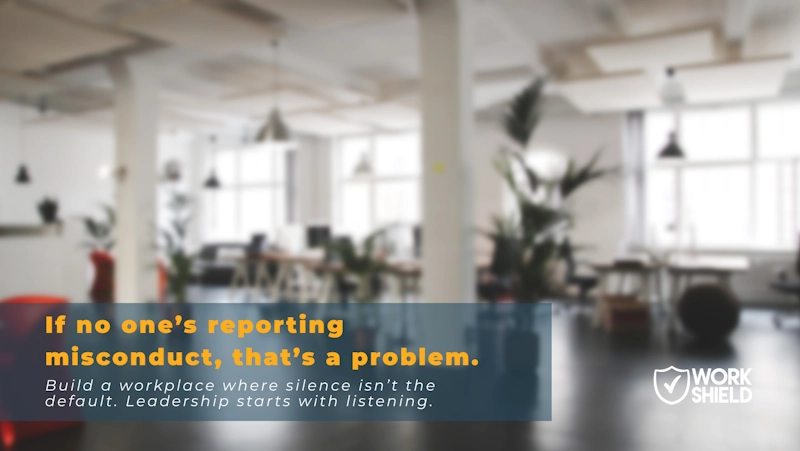Organizational risk is present in all industries, creating the potential for financial, legal or reputation issues for organizations. A key factor driving up risk for organizations is workplace misconduct, and it’s showing no signs of slowing down. According to the Equal Employment Opportunity Commission (EEOC), there were 88,531 total new charges of discrimination recorded in the 2024 fiscal year. That’s more than a nine percent increase over the number of charges filed in 2023. While risks are inherent in all organizations, handling misconduct issues quickly and efficiently, helps to mitigate the costly effects, helping workplaces remain ethical and compliant. To reduce risk, organizations must have a clear understanding of what is causing it and effective solutions in place to resolve it.
What is Organizational Risk?
According to Indeed, organizational risk is defined as anything that generates uncertainty within an organization. Organizational risks can directly affect financials, reputation, legal status, and more. All organizations face organizational risk, but not all risk is bad. For example, launching a new product or service is an organizational risk, but it can yield positive gains in the long term. On the flip side, workplace misconduct or toxicity can expose organizations to enhanced risks when mishandled, creating costly consequences.
Failure to properly manage and resolve misconduct in a timely manner can lead to increased financial and reputational risks. Ironically, outdated approaches like anonymous hotlines or internal investigations can compound that risk instead of reducing it. Due to this, it’s critical for organizations to have risk and safety solutions in place such as standardized policies and procedures to help mitigate risks and resolve issues quicker.
How Misconduct Contributes to Reputational Risk
The moment misconduct occurs, an organization’s reputation is on the line. Delays, poor handling, or lack of transparency in addressing these issues can signal to employees, clients, and the public that leadership is either unaware or unwilling to act. Without effective reporting channels and a consistent response process, trust erodes, brand value suffers, and long-term credibility takes a hit. To protect against this, organizations need a structured misconduct reporting and investigation system that drives timely, unbiased resolution.
While anonymous hotlines were created in earnest, they often lack reporting and tracking needed to effectively investigate and resolve issues. With anonymous hotlines, internal investigations are missing pertinent details, making investigations more difficult and time consuming. Moreover, adoption of this channel by employees is reluctant. According to a 2024 global survey by EY, “more than half of whistleblowers have felt pressured not to use internal hotlines to raise red flags at large global businesses and public bodies.” Additionally, “54% of those who have used such channels, said they faced pressure not to do so.” Fear of retaliation, broken trust, and opaque processes don’t just silence employees’ voices, they amplify liability and reputational risk.
Fear of retaliation is the top reason many employees do not report misconduct incidents. Retaliation not only hurts the employee involved, but it discourages reporting, allows misconduct to continue and exposes the organization to serious risks such as reputational damage, decreased productivity, and legal action.
Traditional approaches to internal investigations can create inherent bias, while also often delaying resolution due to limited resources. Serious incidents of misconduct frequently drag on for weeks without resolution, exposing organizations to mounting liability and internal unrest. In addition, internal investigations may lead to inconsistent measurement and methodology depending on which HR or compliance professional is conducting the investigation. Without unbiased and timely investigations, organizations are operating at an increased risk when any misconduct occurs.
Using a Technology Driven Reporting Platform
Conducting workplace investigations internally can take anywhere from a few weeks to several months depending on the complexity of the issue, the number of people involved, and the availability of internal resources. But the longer an investigation takes, the longer the organization is at risk. Quick and efficient resolution is key to mitigating issues as they arise. Using an effective misconduct management solution can alleviate the burden from HR and compliance teams, while also mitigating the risk of unresolved misconduct. Utilizing a comprehensive solution can deliver fair, and prompt resolutions without delays or bias. Fear of retaliation is minimized when issues are investigated by a third-party, and thereby, trust is restored in the organization. In addition, using a misconduct management solution can help organizations remain compliant, providing peace of mind.
Misconduct management solutions can also grant organizations access to data and insights that can further guide organizational strategy and resource allocation. Having access to analytics in real-time can help organizations make better informed decisions on how to combat workplace misconduct and create more ethical and compliant workplaces. Identifying trends across regions or locations, reports by incident, resolution and status empowers organizations to properly allocate resources for future planning, while increasing transparency across the organization and setting the standard for communication, trust and the future handling of issues.
Solutions to Reduce Organizational Risk and Resolve Issues Quickly
Mitigating organizational risk starts with recognizing where traditional methods fall short. While anonymous hotlines were created with good intent, they often lack the transparency, documentation, and follow-up needed to resolve issues effectively. These gaps can increase liability and make it harder for HR and compliance teams to take meaningful action.
To reduce risk, organizations need a proactive approach to organizational risk management. That means using a risk management platform that supports impartial investigations, removes internal bias, and addresses misconduct without delay. With the right solution in place, organizations can respond to incidents faster, protect employee trust, and maintain compliance.
Equally important is the ability to access real-time analytics. A strong risk management platform provides insight into trends and gaps, helping leadership make informed decisions, allocate resources wisely, and reduce future exposure. When misconduct is handled quickly, consistently, and without bias, organizational risk drops and trust, accountability, and productivity rise.Learn how Work Shield empowers smarter organizational risk management.





